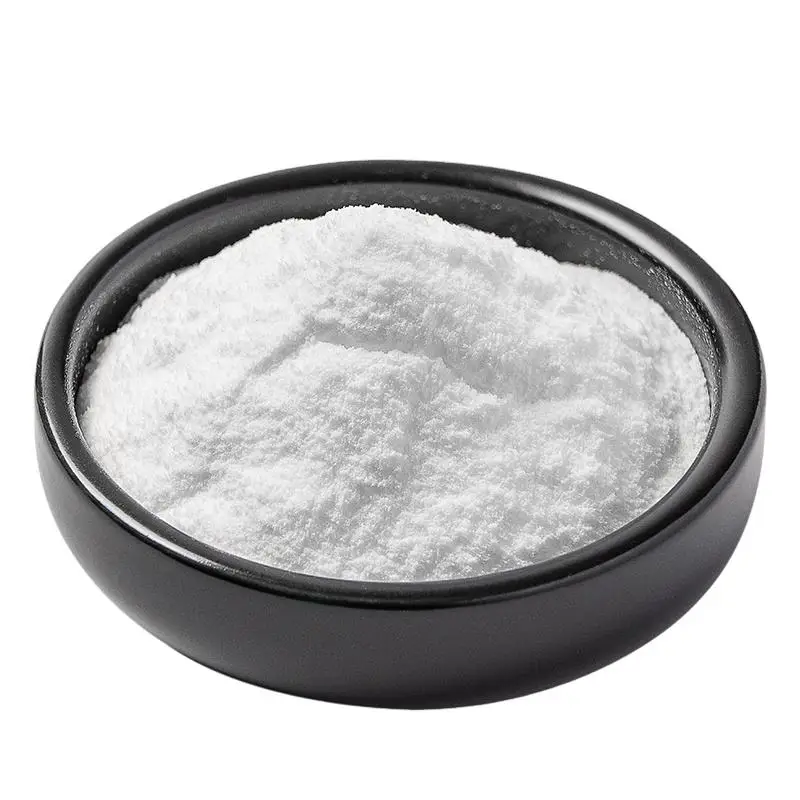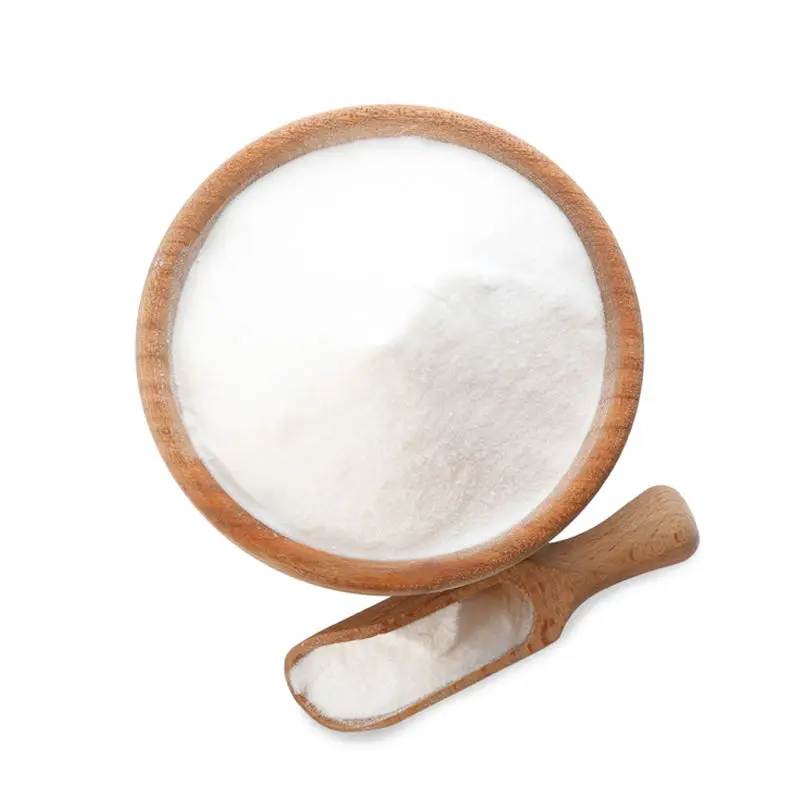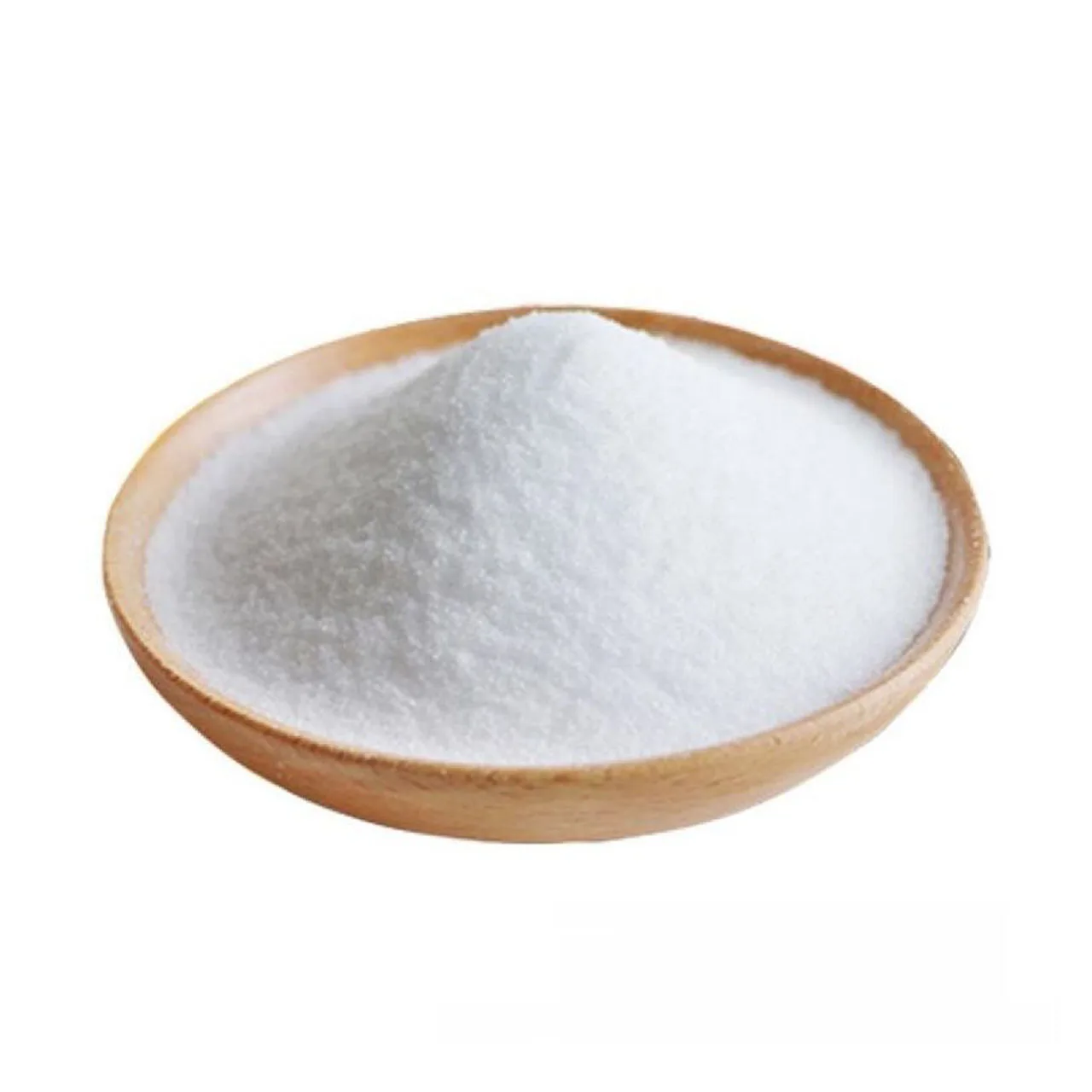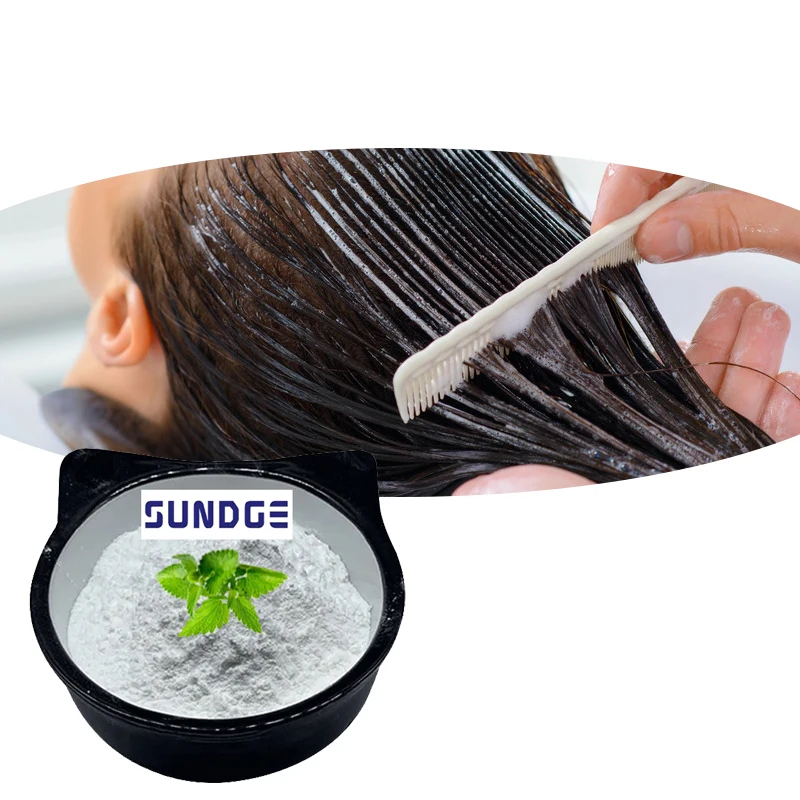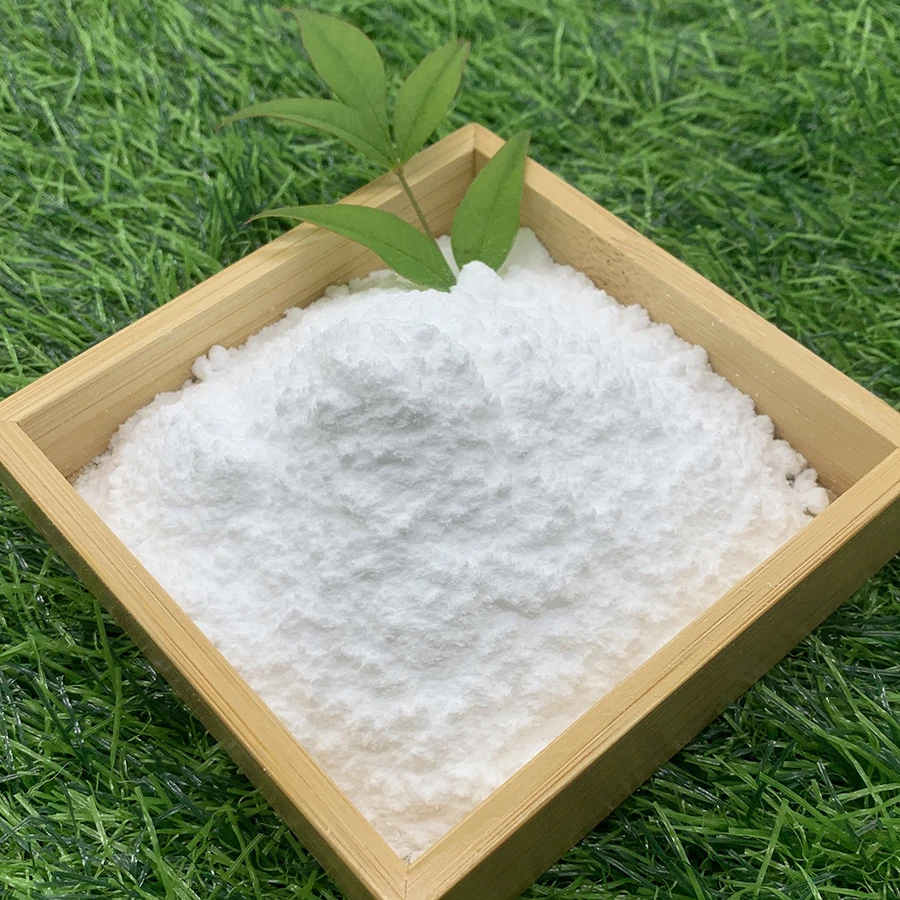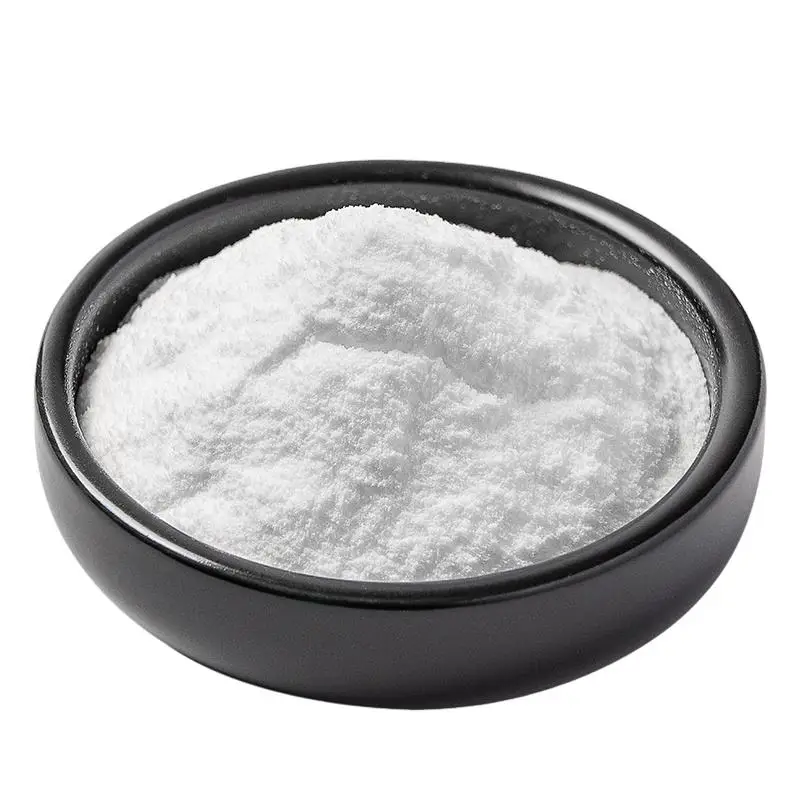Melyik a legjobb arány, ha PVP-t és kitozánt együtt használnak tartósításra?
A PVP (polivinil-pirrolidon) és a kitozán optimális arányát dinamikusan kell beállítani a gyümölcs vagy zöldség típusa, a kitozán molekulatömege és az alkalmazási folyamat alapján. Az alapelv az, hogy maximalizálják a tartósító hatékonyságot a „fizikai fóliaképződési kiegészülés + antimikrobiális szinergia” révén ." A következő elemzés a alapvető aránytartományra , befolyásoló tényezők , és gyakorlati alkalmazási javaslatokra , konkrét példákra és korrekciós stratégiákra helyezi a hangsúlyt.
1. Alapvető aránytartomány: a PVP és a kitozán szinergikus hatásának tartománya
A kutatások és kísérleti eredmények szerint a PVP és a kitozán hatékony keverési tartománya általában:
- PVP koncentráció : 0,05%–0,2% (tömeg–térfogat arány, továbbiakban ugyanez)
-
Kitoszán koncentráció : 0,5%–2%
Ez a tartomány egyszerre kielégíti a „fóliás sűrűség” és a „levegőáteresztő-képesség egyensúly” követelményeit, valamint megfelel az élelmiszer-biztonsági előírásoknak. Például: - Őszibarack tartósítása : 0,1% PVP + 1,5% kitoszán keverék, 15 napos tárolás után a romlás mértéke 5%-ra csökkent (a csak PVP-t tartalmazó csoportnál 12%, a nem kezelt csoportnál 25%), a keménység megőrzési aránya pedig 15%-kal nőtt;
- Eper tartósítása : 0,1% PVP + 1% kitoszán keverék, 7 napos tárolás után a penészesedés mértéke mindössze 8% volt (a csak PVP-t tartalmazó csoportnál 18%), az eper felülete nem volt ragadós.
2. Fő befolyásoló tényezők: az arány dinamikus szabályozásának alapja
1. Gyümölcs- és zöldségfajták héjának jellemzői és tárolási stabilitása
-
Kemény héjú, hosszan eltartható gyümölcsök és zöldségek (alma, citrusfélék) :
Magasabb kitozán koncentráció (1,5–2%) alacsonyabb PVP-koncentrációval (0,05–0,1%) alkalmazható a betegségek elleni védelem fokozására a kitozán erős antimikrobiális tulajdonságainak kihasználásával. Például 0,1% PVP + 2% kitozán kezelés citrusféléken 60%-kal csökkentette a penicillium penész előfordulását. -
Puhább héjú, törékeny gyümölcsök és zöldségek (eper, barack) :
CSÖKKENTÉS csökkentse a kitozán koncentrációt (0,5–1%), és növelje a PVP-koncentrációt (0,1–0,2%) annak érdekében, hogy elkerüljük a túlságosan vastag film kialakulását, amely elzárhatja a pórusokat. Például eper esetében 0,1% PVP + 0,8% kitozán kezelés hatására 10 napos tárolás után mindössze 6% volt a tömegveszteség (csupán kitozán alkalmazása esetén ez 10%), és nem jelentkezett anaerob légzésből származó szag.
2. A kitozán molekulatömege és oldhatósági jellemzői
-
Alacsony molekulatömegű kitozán (<100 000 Da) :
Ez az anyag jól oldódik vízben, de gyenge filmképző képességgel rendelkezik. Ezért a koncentrációt 1,5–2%-ra kell növelni , és 0,1–0,2% PVP-vel kombinálni a fólia szilárdságának javítása érdekében. Például alacsony molekulatömegű kitozán (50 000 Da) és 0,15% PVP kombinációja egységes, átlátszó kompozitfóliát képez, amely alkalmas leveltesztolyok tartósítására. -
Nagymolekulájú kitozán (>100 000 Da) :
Kiváló fóliaképző tulajdonságokkal rendelkezik, de savas oldószerre van szüksége (például 1% ecetsav). Komponáláskor a koncentrációt 0,5–1%-ra lehet csökkenteni , és 0,05–0,1% PVP stabilizálhatja a fóliaszerkezetet. Például nagymolekulájú kitozán (200 000 Da) 0,1% PVP-vel komponálva 2–3 μm-es fóliavastagságot eredményez, amely alkalmas paradicsom tartósítására.
3. Alkalmazási folyamat és környezeti feltételek
-
Bevonási módszer :
A kitozán koncentrációt 0,5% és 1,5% között kell tartani (elkerülendő a hosszú áztatás, amely vastag filmképződést eredményezhet), a PVP koncentráció 0,05% és 0,1% között legyen, az áztatási idő pedig 5–8 perc. Például a 0,1% PVP + 1% kitozán oldatba 5 percig áztatott uborka a tárolás 10 napja után is megtartja 85% erejét. -
Szórás :
Magasabb kitozán koncentráció (1,5–2%) és alacsonyabb PVP koncentráció (0,05%) alkalmazható. A pontosan szabályozott permetezési nyomással (0,2–0,3 MPa) 1–2 μm vastagságú ultravékony kompozitfilm hozható létre. Például a 0,05% PVP + 1,5% kitozán kezelés után a szőlő szemek leválási aránya 20 napos tárolás után 40%-kal csökkent. -
Magas hőmérsékletű és páratartalmú környezetben :
CSÖKKENTÉS a kitozán koncentrációt 0,5–1% közé célszerű állítani és növelje a PVP-koncentrációt 0,1%-0,2%-ra a hártya légáteresztő képességének javítása érdekében. Például nyáron szobahőmérsékleten tárolt licsit 0,15% PVP + 1% kitozannal kezelve a héj barnulási indexe 30%-kal csökkenthető.
3. Gyakorlati alkalmazási javaslatok: négy lépés az optimális arány meghatározásához
1. Előzetes kísérleti szűrés alaparányok meghatározására
-
Gradiens teszt : A célcélú gyümölcsök és zöldségek esetében három csoport arányt terveztek (például 0,1% PVP + 1% kitozan, 0,1% PVP + 1,5% kitozan, 0,15% PVP + 1% kitozan). A vizsgálati indikátorok a következők:
- Fizikai jelzők : fóliavastagság (lézeres vastagságmérő), fólia átlátszósága (átbocsátás > 80% kiváló);
- Mentési indikátorok : súlyvesztési ráta (<5% kiváló), romlási ráta (<10% kiváló), légzési ráta (több mint 30%-os csökkenés kiváló);
- Érzékszervi indikátorok : ragadósság a bőrön (nincs érzés – kiváló), íz (szagtalan – kiváló).
2. A feloldódási folyamat és a pH-szabályozás optimalizálása
-
Feloldási sorrend :
először oldja fel a kitozánt 1%-os ecetsav oldatban (keverje 30 percig, amíg tiszta nem lesz), majd adja hozzá a PVP-t (amelyet előzetesen desztillált vízben kell feloldani), végül NaOH-oldattal állítsa be a pH-t 5,5–6,5-re (közel semleges, hogy elkerülje a PVP lebomlását). -
Összetett stabilitás :
Ha floculáció lép fel, adjon az oldathoz 0,1–0,2% glicerint (plasztifikáló szer) vagy 0,05% citromsavat (pH-puffert) a stabilitás növelése érdekében.
3. Alkalmazkodás a tárolási környezethez és a szavatossági idő követelményeihez
-
Rövid távú tárolás (<7 nap) :
Magas kitozán koncentráció (1,5–2%) + alacsony PVP koncentráció (0,05%) gyorsan kialakítható antibakteriális filmhez használható. Például, ha az áfonyát 0,05% PVP-vel és 1,5% kitozánnal kezelik, akkor szobahőmérsékleten 3 napos tárolás után a romlás mértéke mindössze 5%. -
Hosszú távú tárolás (>7 nap) :
Szükséges kiegyensúlyozni a lélegeztethetőséget és az antibakteriális tulajdonságokat . Használjon 0,1% PVP-t és 1% chitosant, majd hűtse (0–5 ℃). Például almák ezzel az aránnyal történő kezelése után a keménységmegmaradási arány eléri a 80%-ot 30 napos hűtés után.
4. Biztonsági ellenőrzés és megfelelőségi nyilatkozat
-
Maradékanyag-detektálás :
A PVP-maradékot nagyhatékonyságú folyadékkromatográfiával (HPLC) mértük (kevesebbnek kell lennie, mint 0,01 mg/kg), a chitosan antibakteriális hatását pedig gátló zóna kísérlettel ellenőriztük (az Escherichia colival szembeni gátló zóna nagyobb volt, mint 15 mm, ami kiváló eredmény) -
A szabályozásnak való megfelelés :
Győződjön meg arról, hogy a chitosan élelmiszer-biztonságú minőségű (deacetilezálási foka > 85%) és az összetétel koncentrációja megfelel a „Élelmiszer-adalékanyagok felhasználási szabványa” (GB 2760) előírásainak a chitosan maximális felhasználási mennyiségére vonatkozóan (általában ≤2%)
4. Tipikus eset: Ajánlott arányok különböző gyümölcsök és zöldségek esetében
|
Gyümölcsök és zöldségek típusai |
Optimális arány (PVP + chitosan) |
Alapvető előnyök és alkalmazási területek |
|
Alma/Citrus |
0,1% PVP + 1,5% kitozán |
A film vastagsága 2–3 μm, erős antibakteriális tulajdonságokkal rendelkezik, hűtött vagy szobahőmérsékleten történő szállításra alkalmas |
|
Eper/Áfonya |
0,15% PVP + 1% kitozán |
A film vastagsága 1–2 μm, jó légáteresztő képességgel rendelkezik, késlelteti a penészesedést (a romlás aránya kevesebb, mint 10% 7 napos tárolás után) |
|
Leveles zöldségek (fejes saláta) |
0,05% PVP + 0,8% kitozán |
A film vastagsága 0,8–1,2 μm, nem befolyásolja a levelek légzését, és csökkenti az elaszaltságot |
|
Paradicsom/uborka |
0,1% PVP + 1% kitozán |
A film vastagsága 1,5~2μm, amely gátolja a lágy rothadást és 10 napnál hosszabbra növeli a szavatossági időt. |
Összefoglalás
Az optimális arány a PVP és a kitozán között nem rögzített érték, hanem dinamikusan kell beállítani az „ antibakteriális tulajdonságok, fóliaképző képesség és lélegzőképesség” egyensúlya körül. Az alapvető stratégia:
- Vastag héjú gyümölcsök és zöldségek : a kitozán antibakteriális hatására helyezzük a hangsúlyt (1,5%~2%), alacsony koncentrációjú PVP-vel kombinálva (0,05%~0,1%);
- Vékony héjú gyümölcsök és zöldségek : a PVP fóliaképző képességére helyezzük a hangsúlyt (0,1%-0,2%), közepes vagy alacsony koncentrációjú kitozánnal kombinálva (0,5%-1%);
- Összetett környezet : A hártya teljesítményének optimalizálása komponálási folyamatokon keresztül (például pH-érték beállítása és lágyítószer hozzáadása), valamint a biztonság és hatékonyság előzetes kísérletekkel történő ellenőrzése.
A fentiek alkalmazásával meghosszabbítható a zöldségek és gyümölcsök felhasználhatósági ideje, miközben biztosított marad az élelmiszer-biztonság és -minőség.
Ajánlott termékek
Forró hírek
-
A Nanjing SUNDGE Kémiai Újanyagok és Műanyagok Kft. részt vesz a 2025-ös CPHI China kiállításon, hogy együttesen bővítse a globális gyógyszeripari újanyag-piacot
2025-07-10
-
A törvény alapján biztosítsa a veterinári gyógyszerek minőségét és biztonságát - a SUNDGE részt vett a veterinári gyógyszerek ipari menedzsmentje kapcsolatos képzésen
2025-01-08
-
SUNDGE Nanjing Ali Center kijárási látogatás
2024-10-28
-
A török vendégek látogattak a gyárba és együttműködésre irányuló akaratot fejeztek ki
2024-09-13
-
A SUNDGE sikeresen kiállt a CPHI Dél-Kína állományon
2024-02-28
-
A SUNDGE részt vesz a(z) „Éves üzleti terv és komplex költségvetés-kezelés” kurzuson
2024-02-28
-
Nézz és segíts! A SUNDGE 10 000 yuanot adományozott a Gansu földrengés szenvedő területének
2024-02-28
-
Jó hír – A cég sikeresen megkapta a Veterinári Gyógyszerüzemi Licenc-t.
2024-02-28

 EN
EN
 AR
AR
 NL
NL
 FI
FI
 FR
FR
 DE
DE
 EL
EL
 HI
HI
 IT
IT
 JA
JA
 KO
KO
 NO
NO
 PL
PL
 PT
PT
 RO
RO
 RU
RU
 ES
ES
 SV
SV
 CA
CA
 TL
TL
 IW
IW
 ID
ID
 SR
SR
 UK
UK
 VI
VI
 SQ
SQ
 ET
ET
 HU
HU
 TH
TH
 TR
TR
 FA
FA
 MS
MS
 CY
CY
 BE
BE
 BN
BN
 BS
BS
 EO
EO
 LO
LO
 LA
LA
 MN
MN
